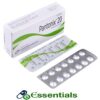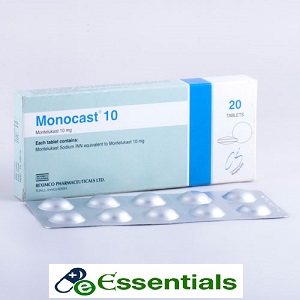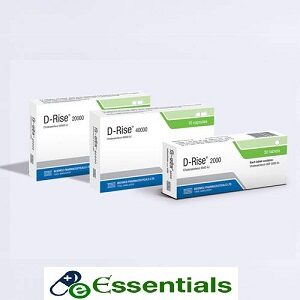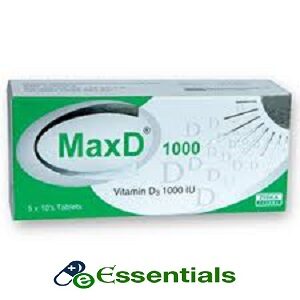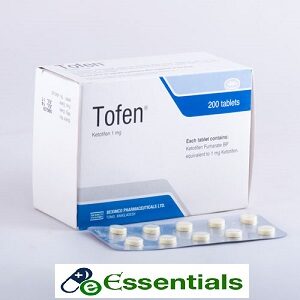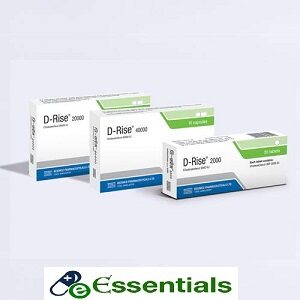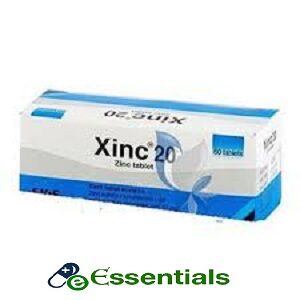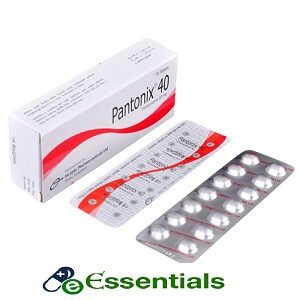Indications
- The prophylaxis and chronic treatment of asthma in adults and paediatric patients 12 months of age and older.
- The relief of symptoms of seasonal allergic rhinitis in adults and paediatric patients 2 years of age and older.
Therapeutic Class
Pharmacology
Dosage & Administration
Adults and adolescents 15 years of age and older with asthma or seasonal allergic rhinitis: The dosage is one 10 mg tablet daily.
Paediatric patients 6 to 14 years of age with asthma or seasonal allergic rhinitis: The dosage is one 5 mg tablet daily. No dosage adjustment within this age group is necessary.
Paediatric patients 2 to 5 years of age with asthma or seasonal allergic rhinitis: The dosage is one 4 mg tablet daily.
Paediatric patients 12 to 23 months of age with asthma: The dosage is one 4 mg tablet daily to be taken in the evening. Safety and effectiveness in paediatric patients younger than 12 months of age have not been established.
Interaction
Although additional specific interaction studies were not performed, Montelukast was used concomitantly with a wide range of commonly prescribed drugs in clinical studies without clinically evident adverse interactions. These medications included thyroid hormones, sedative hypnotic, non-steroidal anti-inflammatory agents, benzodiazepines, and decongestants.
Phenobarbital, which induces hepatic metabolism, decreased the AUC of Montelukast approximately 40% following a single 10 mg dose of Montelukast. No dosage adjustment for Montelukast is recommended. It is reasonable to employ appropriate clinical monitoring when potent cytochrome P450 enzyme inducers, such as Phenobarbital or Rifampin, are co-administered with Montelukast.
Contraindications
Side Effects
- General: Asthenia/fatigue, Fever, Pain
- Gastrointestinal: Dyspepsia, Gastroenteritis; Nervous System/Psychiatric: Dizziness, Headache
- Respiratory System: Congestion, Cough, Influenza
- Skin: Rash; Laboratory adverse experiences: ALT increase, AST increase, Pyuria.
Paediatric patients 6 to 14 years of age: In paediatric patients receiving montelukast, the following events occurred with a frequency 2% are diarrhoea, laryngitis, pharyngitis, nausea, otitis, sinusitis, and viral infection. With prolonged treatment, the adverse profile did not change significantly.
Pregnancy & Lactation
Lactation: It is not known if Montelukast is excreted in human milk. Because many drugs are excreted in human milk, caution should be exercised when Montelukast is given to a nursing mother.
Precautions & Warnings
In rare cases, patients on therapy with Montelukast may present with systemic eosinophilia, sometimes presenting with clinical features of vasculitis consistent with churg-strauss syndrome, a condition which is often treated with systemic corticosteroid therapy. Physician should be alert to eosinophilia, vasculitic rash, worsening pulmonary symptoms, cardiac complications, and/or neuropathy presenting in their patients. A causal association between Montelukast and these underlying conditions has not been established.
Use in Special Populations
the effect of chronic administration of Montelukast on linear growth in paediatric patients have not been conducted.
Geriatric use: Of the total number of subjects in clinical studies of Montelukast, 3.5% were 65 years of age and over and 0.4% were 75 years of age and over. No overall differences in safety or effectiveness were observed between these subjects and younger subjects. But greater sensitivity of some older individuals cannot be ruled out.
Overdose Effects
Management: Supportive and symptomatic treatment. If indicated, unabsorbed material should be removed from the GI tract.
Storage Conditions
Brand
Beximco Pharmaceuticals Ltd


